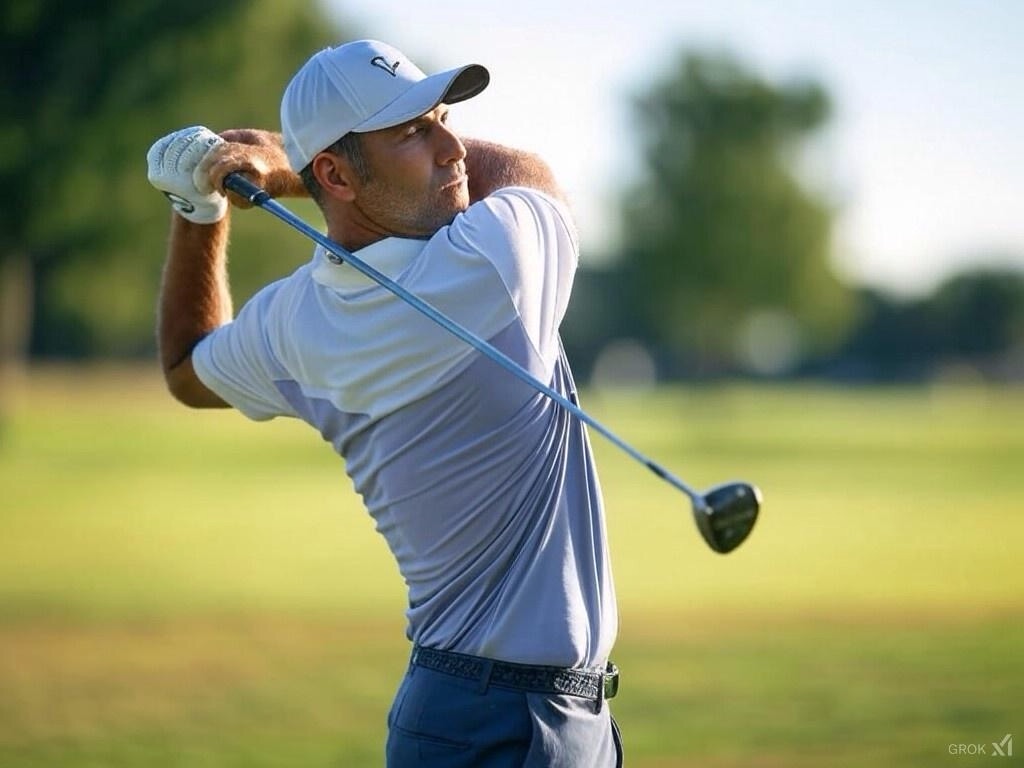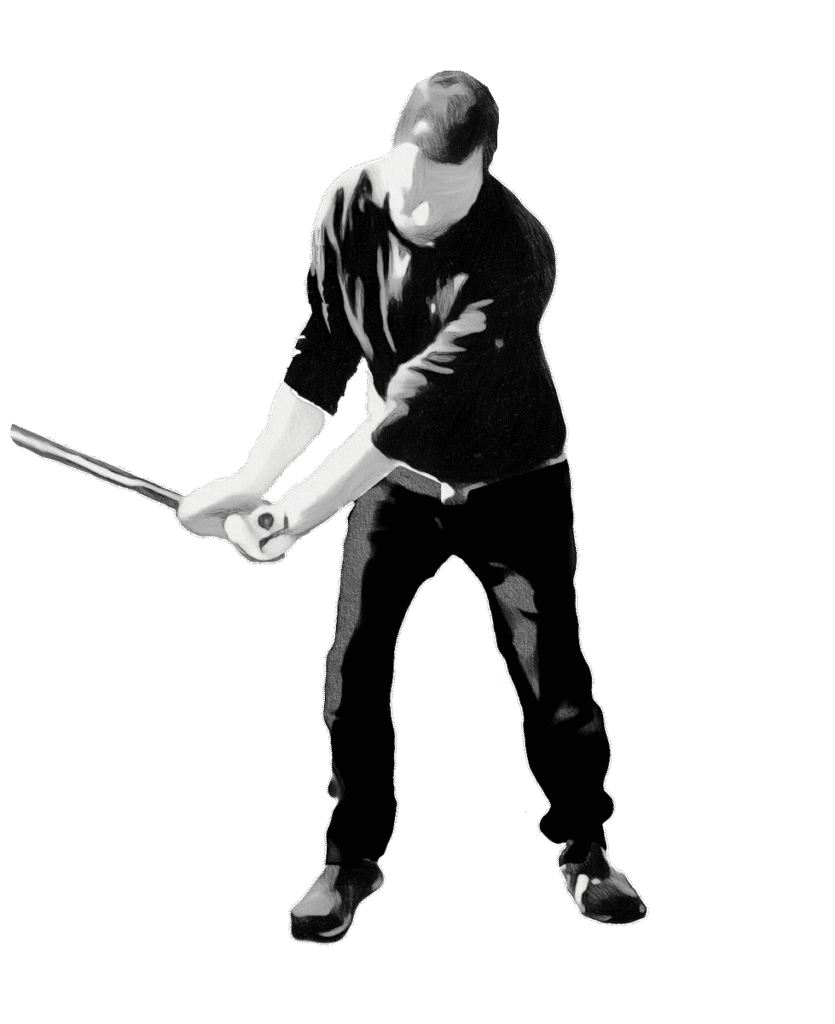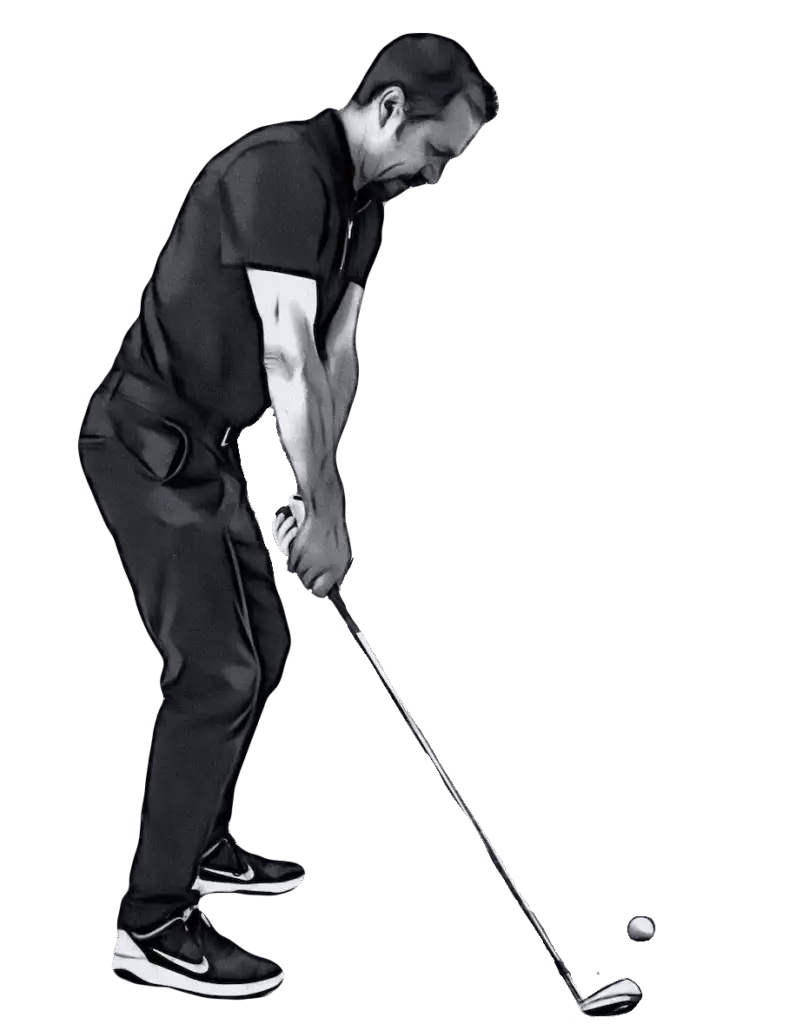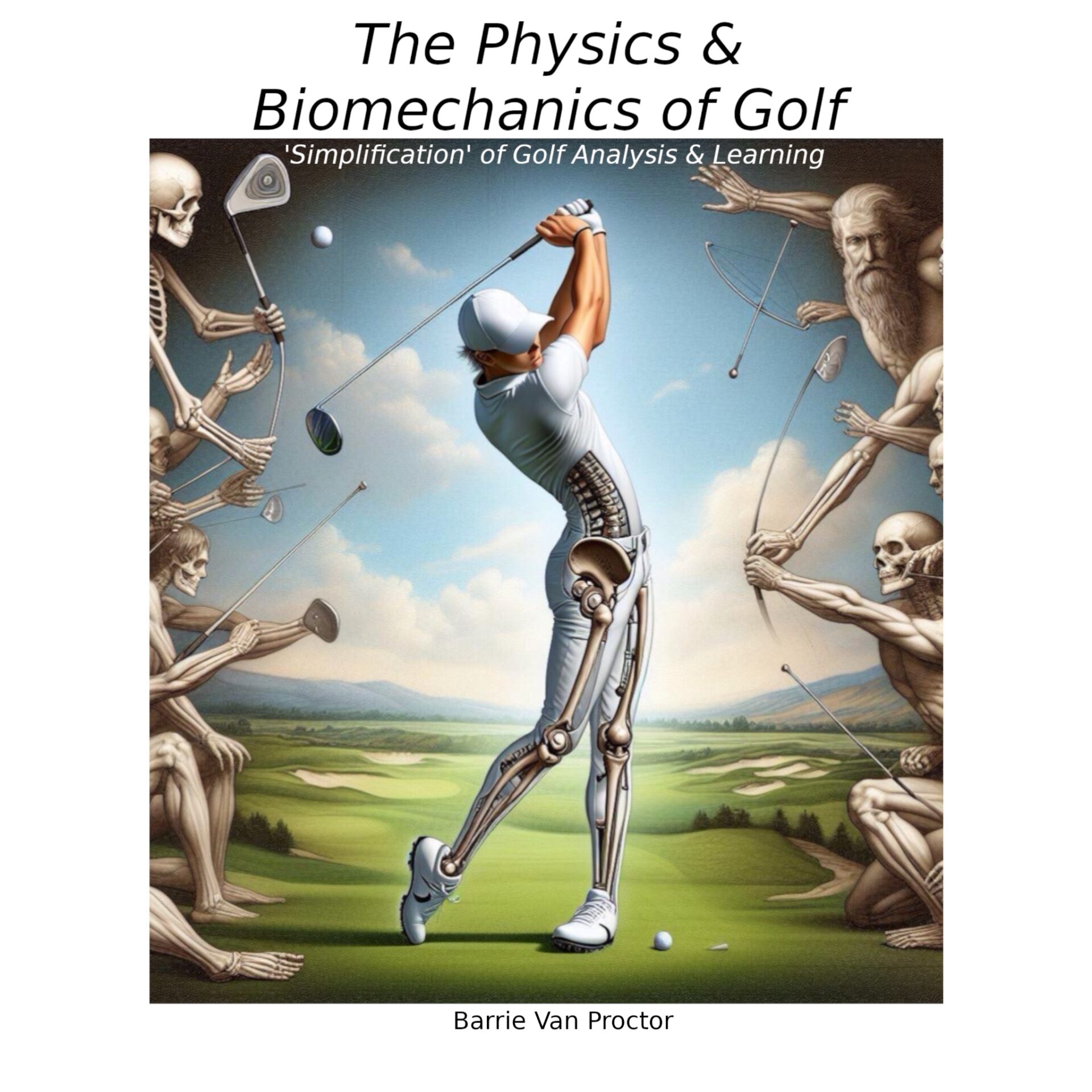Your basket is currently empty!

Optimising Swing Dynamics Part 2
Unnecessary biomechanics within the golf swing
In previous blogs I have intimated how the misconception of energy flow and with it dynamics, as a ‘bottom-up’ process, can lead to both unnecessary and / or mis-sequenced motion. When it comes to elbow and wrist dynamics though, the addition of unnecessary joint articulation can have a genesis all of its’ own.
After poor sequencing, extraneous articulations within the swing are surely the most detrimental to speed, path and essentially all aspects of impact conditions. I generally consider presetting as detrimental to fluid dynamics. But in case of a need to curtail unnecessary biomechanics, in certain circumstances it ranks as a necessary evil.
Unnecessary hand, wrist and elbow dynamics are most commonly consciously instituted by the player. From their subjective vantage point they are controlling: path on takeaway, club position at the top and impact. This usually comes about via incorrect notions of the ‘ideal’ for all three of these way-markers. The irony being that the player often has limited appreciation of the ideal, which should then be considered within the context of each individuals’ physical abilities. In any case, they are often unaware of the actual biomechanics conditions being facilitated and thus, manifesting.

Often incorrect motivation of the club’s path in the takeaway phase of the golf swing introduces unwanted mechanics. This commonly occurs in an effort to move the club in the posterior and vertical vectors of the backswing. That is, moving the club in advance of the hands trail-wards as is required.
The fact is though, none of the three vectors of the retrograde path (backswing) during the takeaway phase, should be accommodated by conscious hand, wrist or elbow biomechanics. In the early backswing, trail-ward and posterior motion should be dictated by pivot of the upper spine (cervical) and intra-glenoidal rotations, within respective shoulder joints. The vertical component is baked-in to the cervical pivot primarily as a consequence of forward spinal tilt at setup. Retrograde acceleration of the clubhead is a function of both, ‘glenoidal’ rotations and wrist radial deviation, also introduced at setup. Neither wrist flexion nor forearm rotations achieve this, as is often assumed.
Apart from swing dynamics misconception, the next culprit for the introduction of unnecessary hand-based articulation is the grip. Specifically, this often facilitates the unnecessary introduction of extension and flexion in respective wrists. The usual condition that causes erroneous hand articulation in this way is an overly weak lead hand. This may result in the ‘fanning open’ of the clubface in the takeaway phase. As an aside, turning-in either elbow at address, as prescribed by Hogan, can lead to a similar affect.
It is my opinion that the player should see three knuckles, looking down from a neutral setup and head position. This sets-in the correct flexion of the lead wrist. The trail hand when integrated will also be a little ‘stronger’. The net outcome, appropriate wrist angles are thus ‘preset’ at address. That is, as long as correct ball position and shaft lean are accommodated also. Wrist articulation during the backswing will then be naturally attenuated. If anything, what follows will tend toward radial deviation in the wrist, i.e desired biomechanics. Undesired flexion and extension, which is a usual culprit to ‘flipping’ the club-head over through impact, should be significantly discouraged.

As always, if you have, thanks for taking the time to read this blog.
If you found anything of value here, please take a look at… ‘The Physics & Biomechanics of Golf’.
All the best.

golfbiomechanics.net
We author, publish and sell our books here in the UK, along with our distributors including Amazon. As an Amazon Associate, ‘golfbiomechanics.net’ earns from qualifying purchases on affiliated products. This means that if you click on an affiliate link and make a purchase, ‘golfbiomechanics.net’ may receive a small commission at no additional cost to you. Thank you for supporting this website and helping us continue to provide the best and valuable content!
Discover more from golfbiomechanics.net
Subscribe to get the latest posts sent to your email.

Leave a Reply